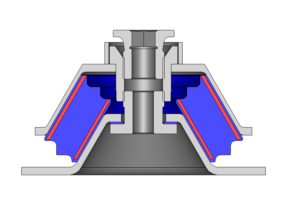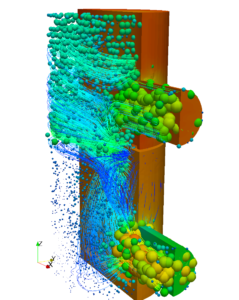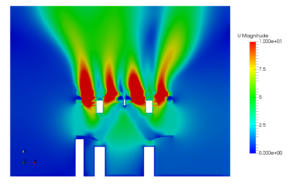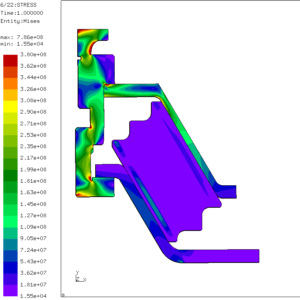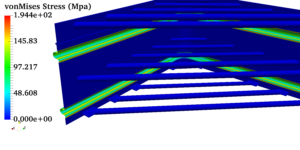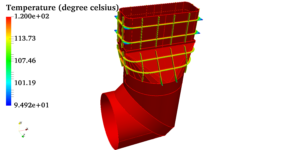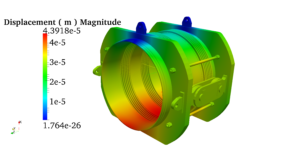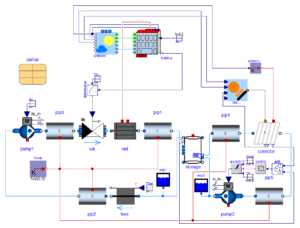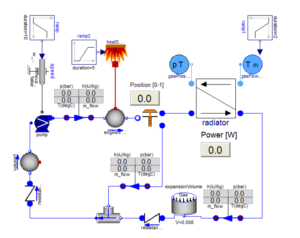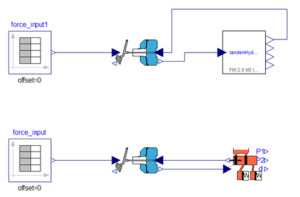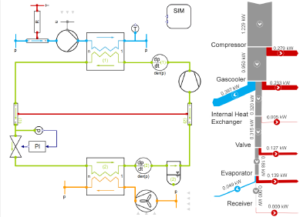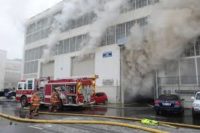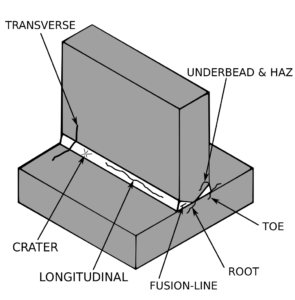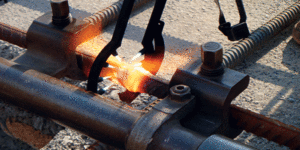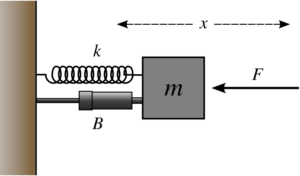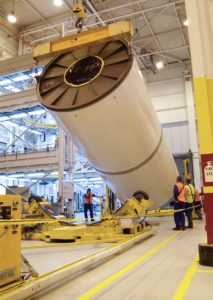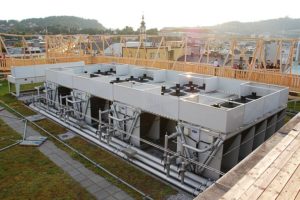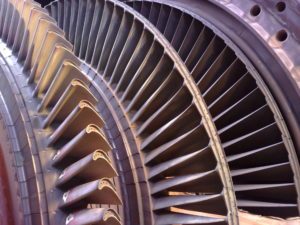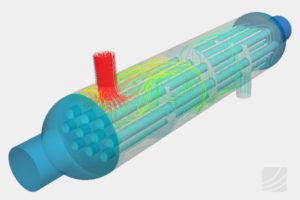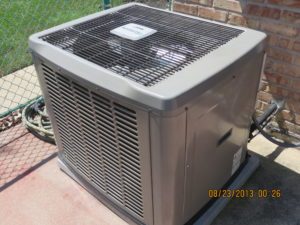Estimation of Pollutant Dispersion from A Stack by CFD Analysis
Estimation of Pollutant Dispersion From a Stack By CFD Analysis

Dispersive transport takes place as a dispersed phase moves into a continuous phase available in its surroundings. The dispersion of pollutants from a flue gas stack is one such phenomena. Pollutant dispersion studies are mandatory for regulatory requirements. Hazardous gases, when emitted into the atmosphere for a long period of time can cause severe detrimental effects to the atmosphere and the occupants who dwell near the zone. Hot flue gas from a power plant raises the ambient temperature. So the stacks should be made high enough to minimize the effect of flue gas on nearby locality. Wind will carry those gases in its direction and travel over a long distance. In a radius of around 10 km also the effects of those polluting gases can be felt.
Dispersion of pollutants are best described as two-phase flows. Those two-phase flows can be solved in CFD with additional species transport equations along with transport of mass, momentum and energy. The collision between phases and heat transfer at respective phase boundaries are also taken care of by using various mathematical models.
A CFD study where flue gases emanating from three stacks of a captive power plant is described. Governing equations formulated by Euler-Euler phases of governing have been solved for this study. Realizable k-epsilon model has been chosen during the analysis. The flue gas is released at a temperature of 120 0C to the ambient. The velocity and temperature distribution of the pollutant gas is as shown figure below. In the 10 km x 10 km domain, the flue gas from all 3 stacks appears as a streak of velocity. The temperature of the surroundings vary in height from ground and distance from the stacks. The contours of phase volume fractions can be plotted to look after the concentration variation near the stacks.
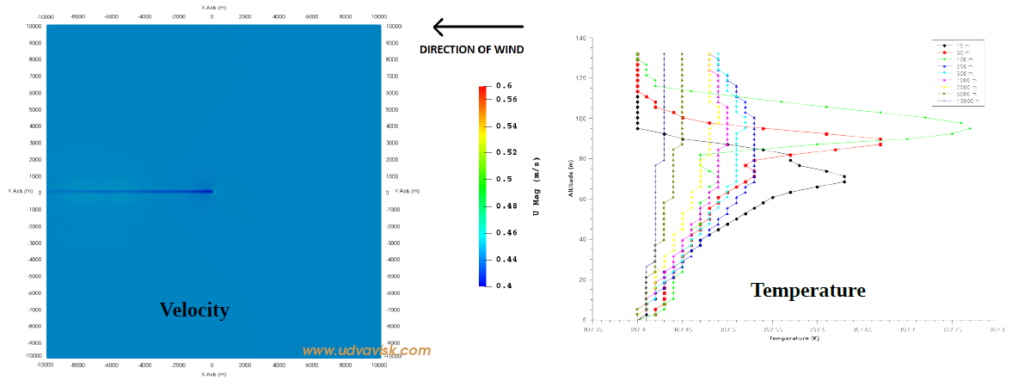

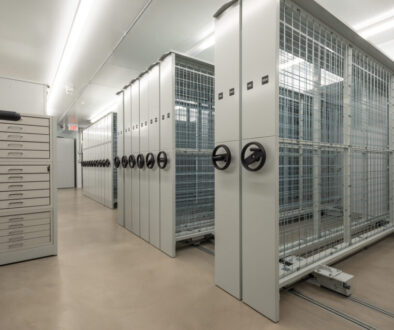
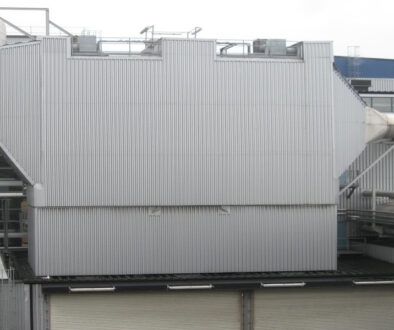

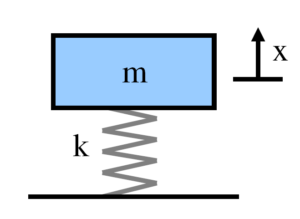
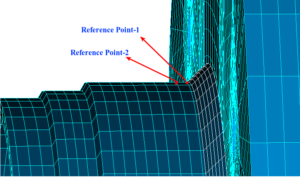
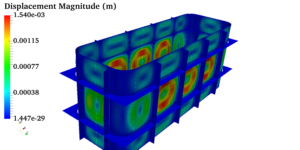 Pressure vessels, pipes, expansion joints etc. are basic equipments for process industries. Pressure vessels are vessels working under internal, external or vacuum pressure, and possibly subjected to high temperature. Proper design and analysis is very important for the pressure vessels, as their failure can cause lot of hazards. Codes/ standards are used in the design phase, followed by analysis to ascertain stresses are within the allowable range. ASME provides wide range of guidelines for the proper design of such vessels.
Pressure vessels, pipes, expansion joints etc. are basic equipments for process industries. Pressure vessels are vessels working under internal, external or vacuum pressure, and possibly subjected to high temperature. Proper design and analysis is very important for the pressure vessels, as their failure can cause lot of hazards. Codes/ standards are used in the design phase, followed by analysis to ascertain stresses are within the allowable range. ASME provides wide range of guidelines for the proper design of such vessels.